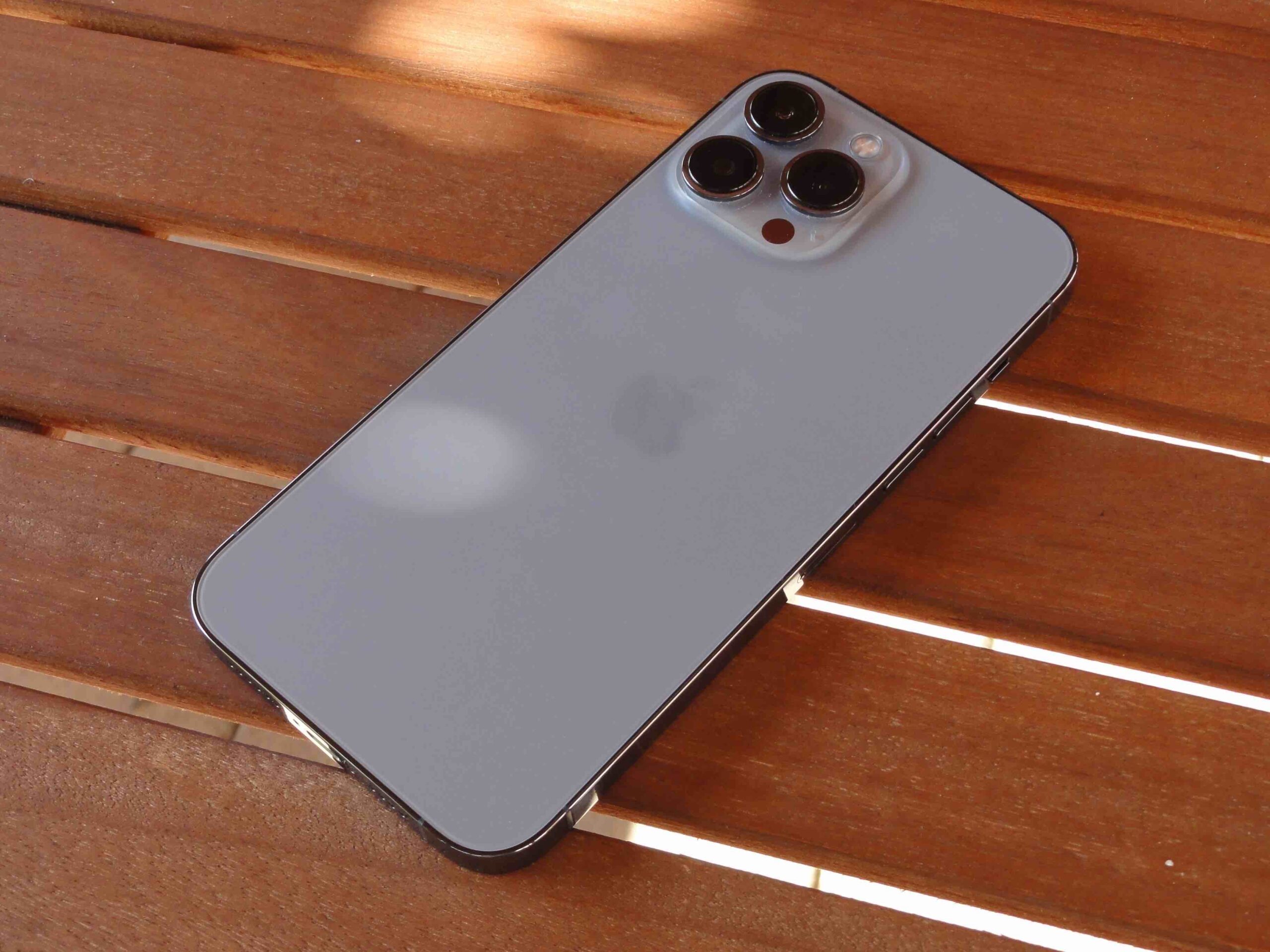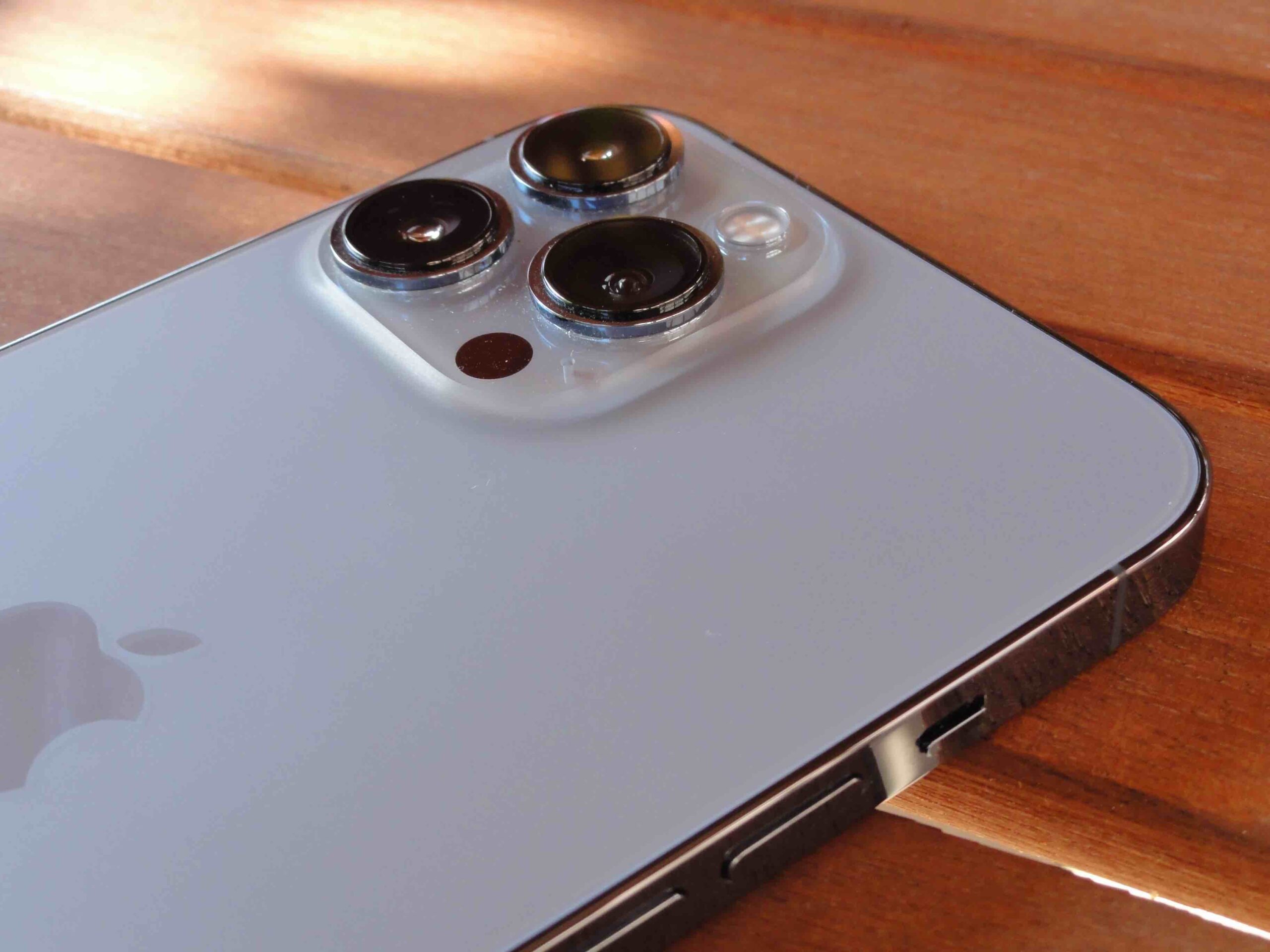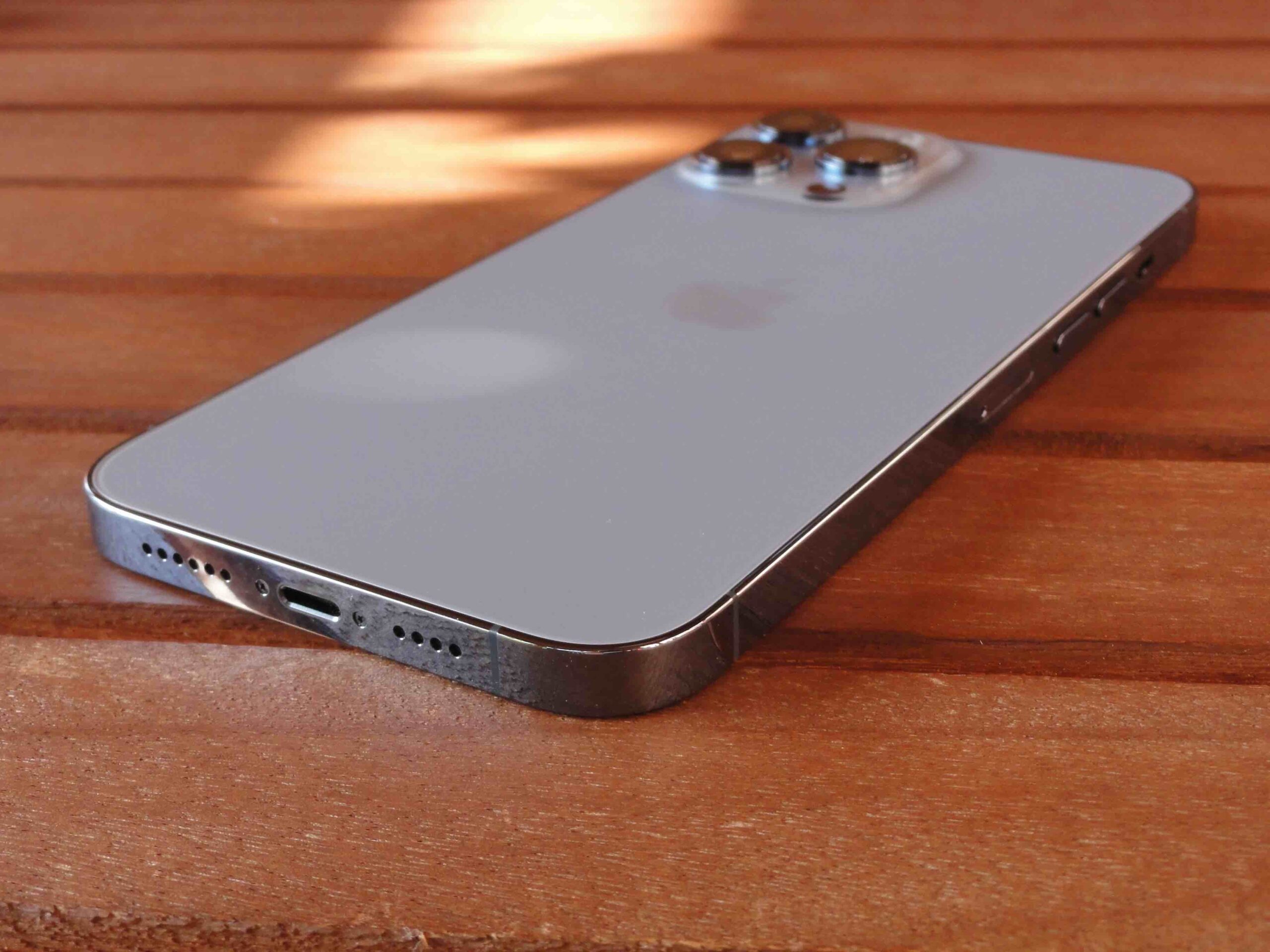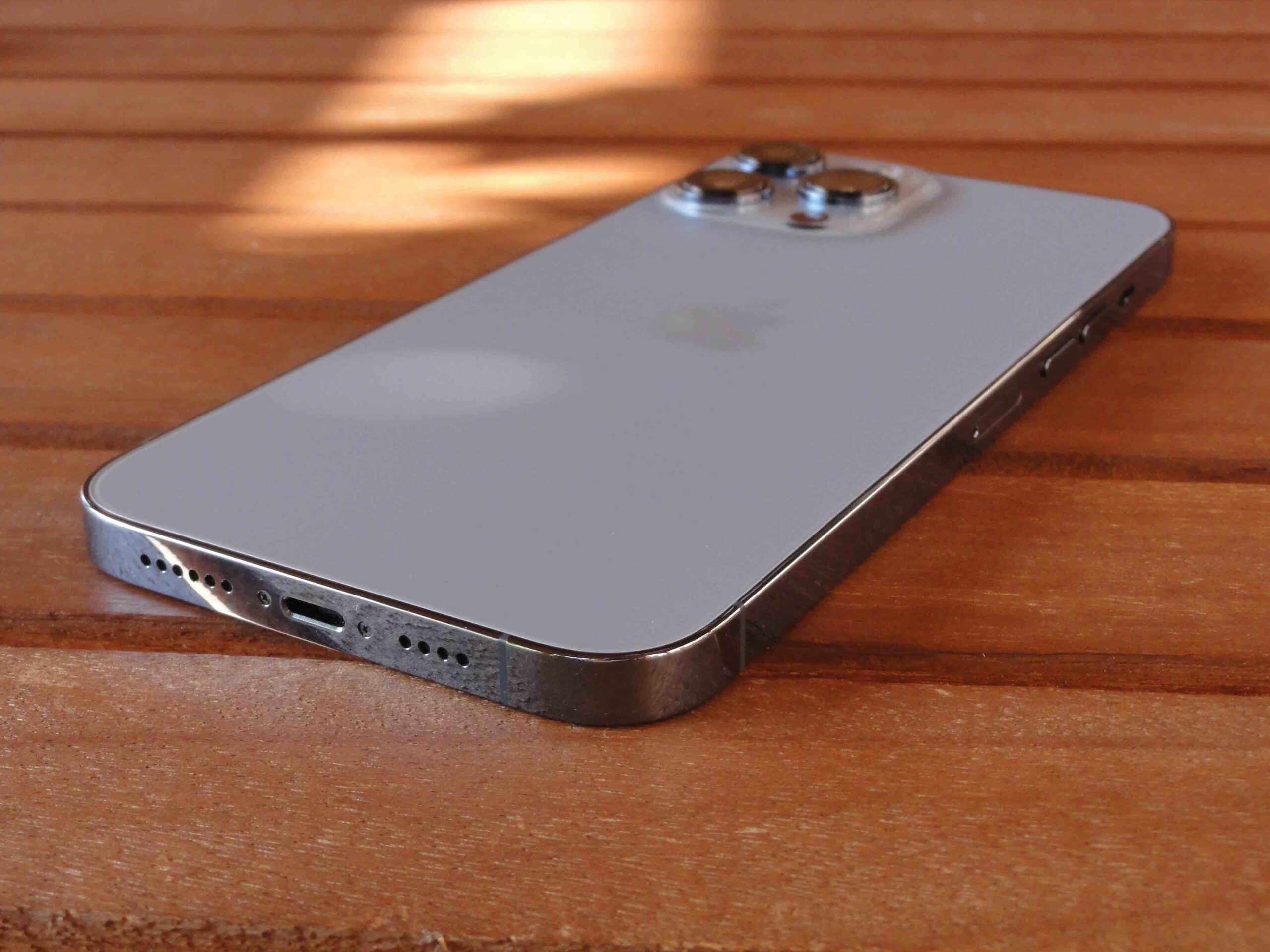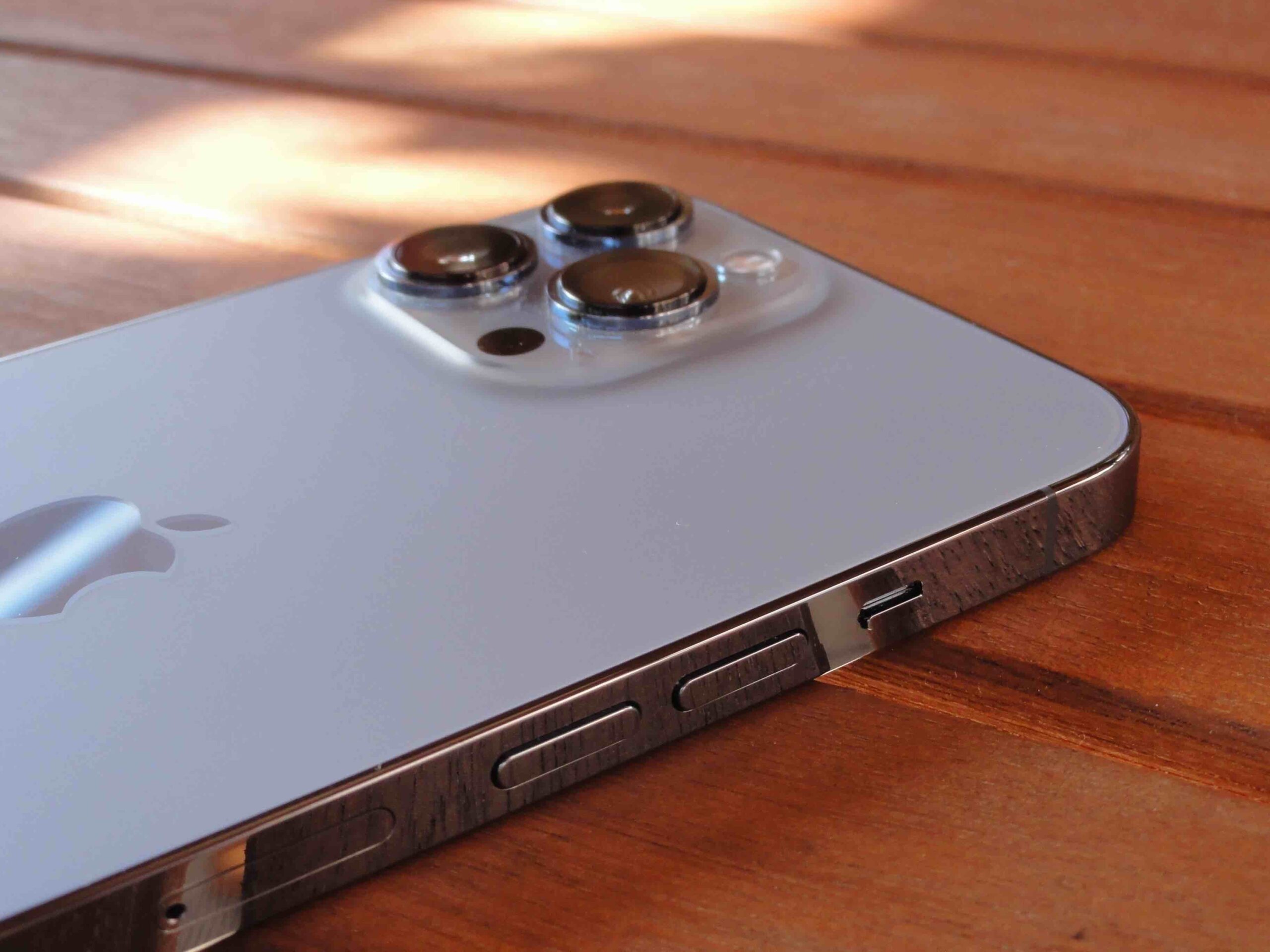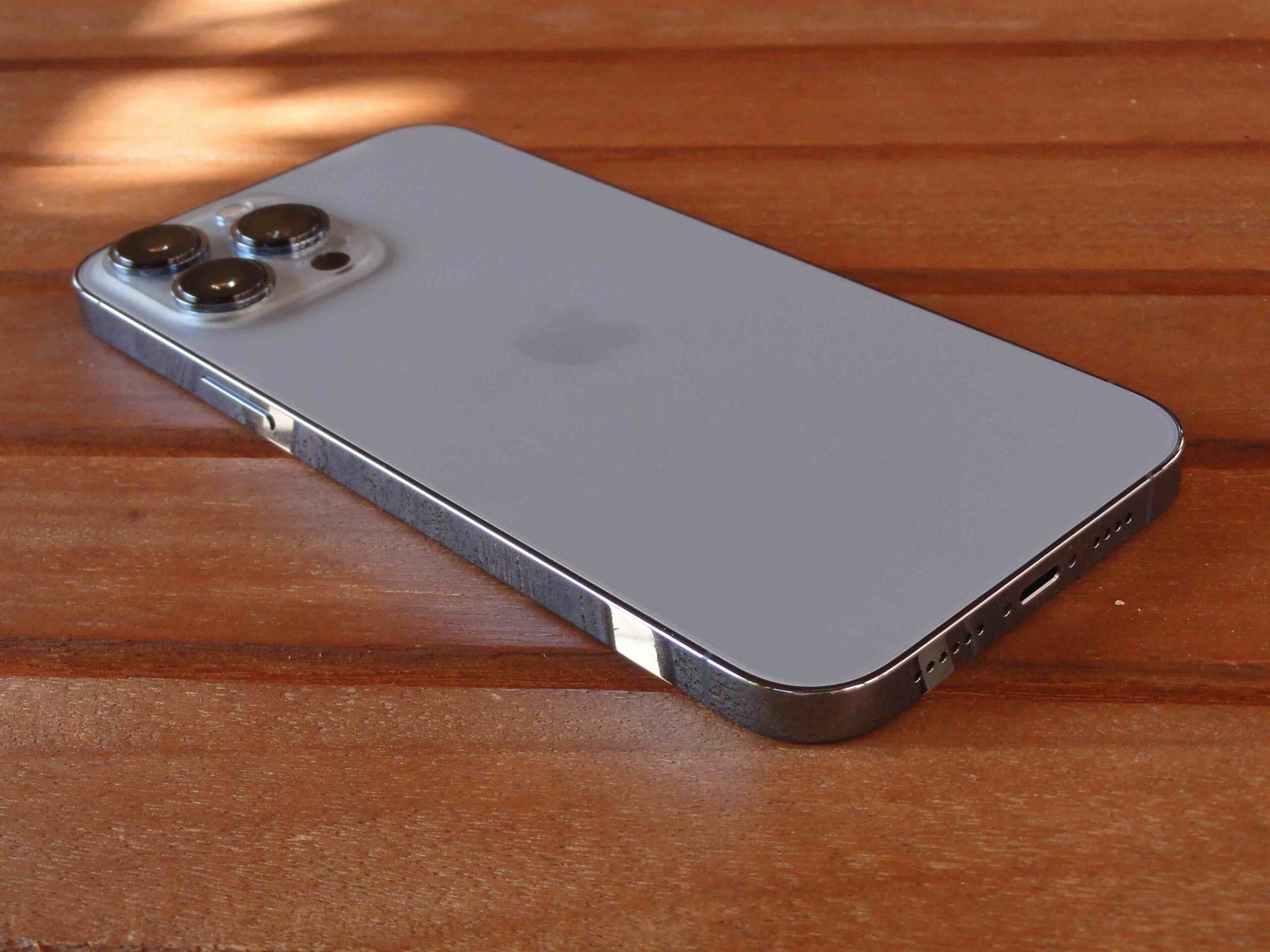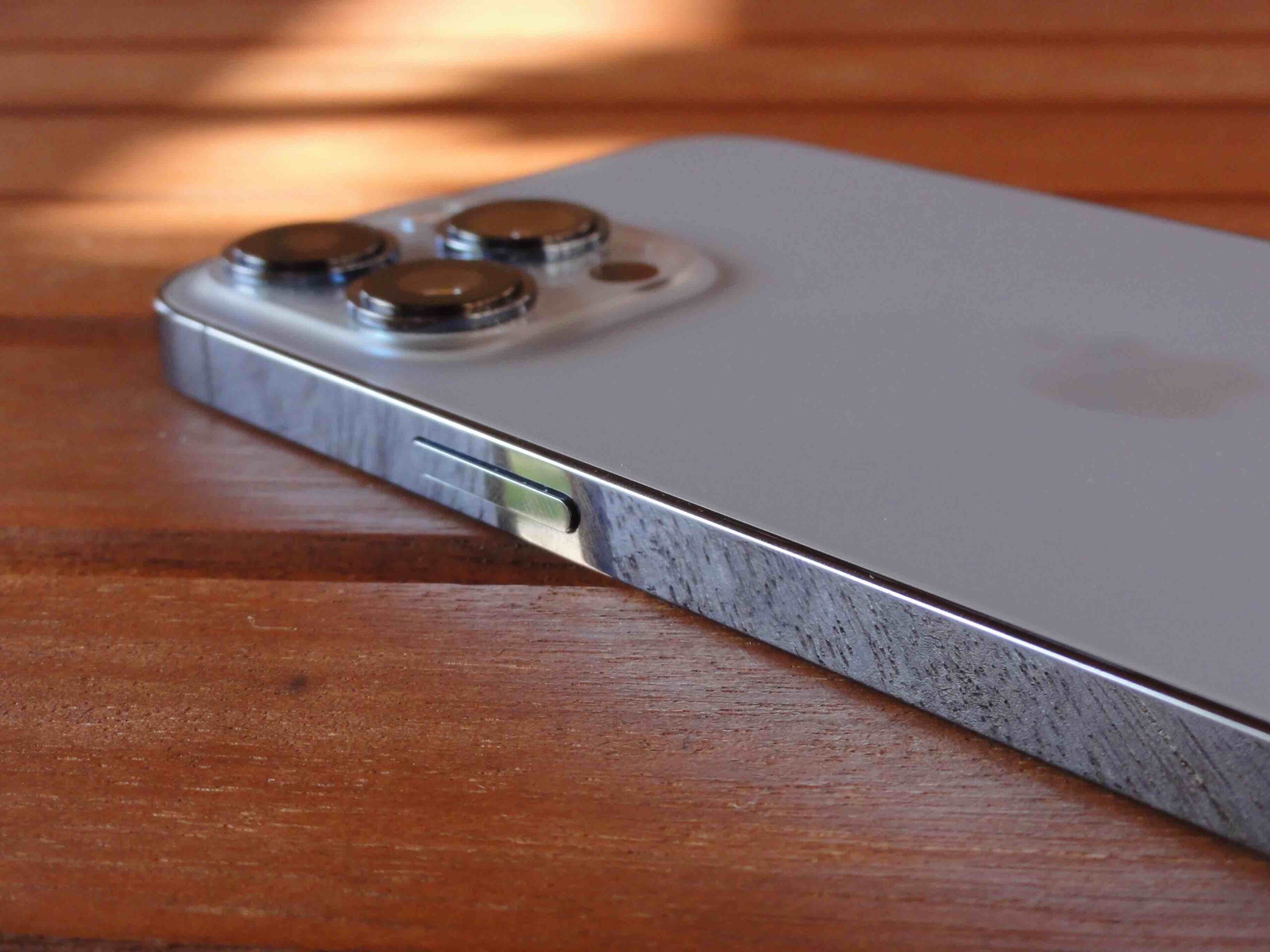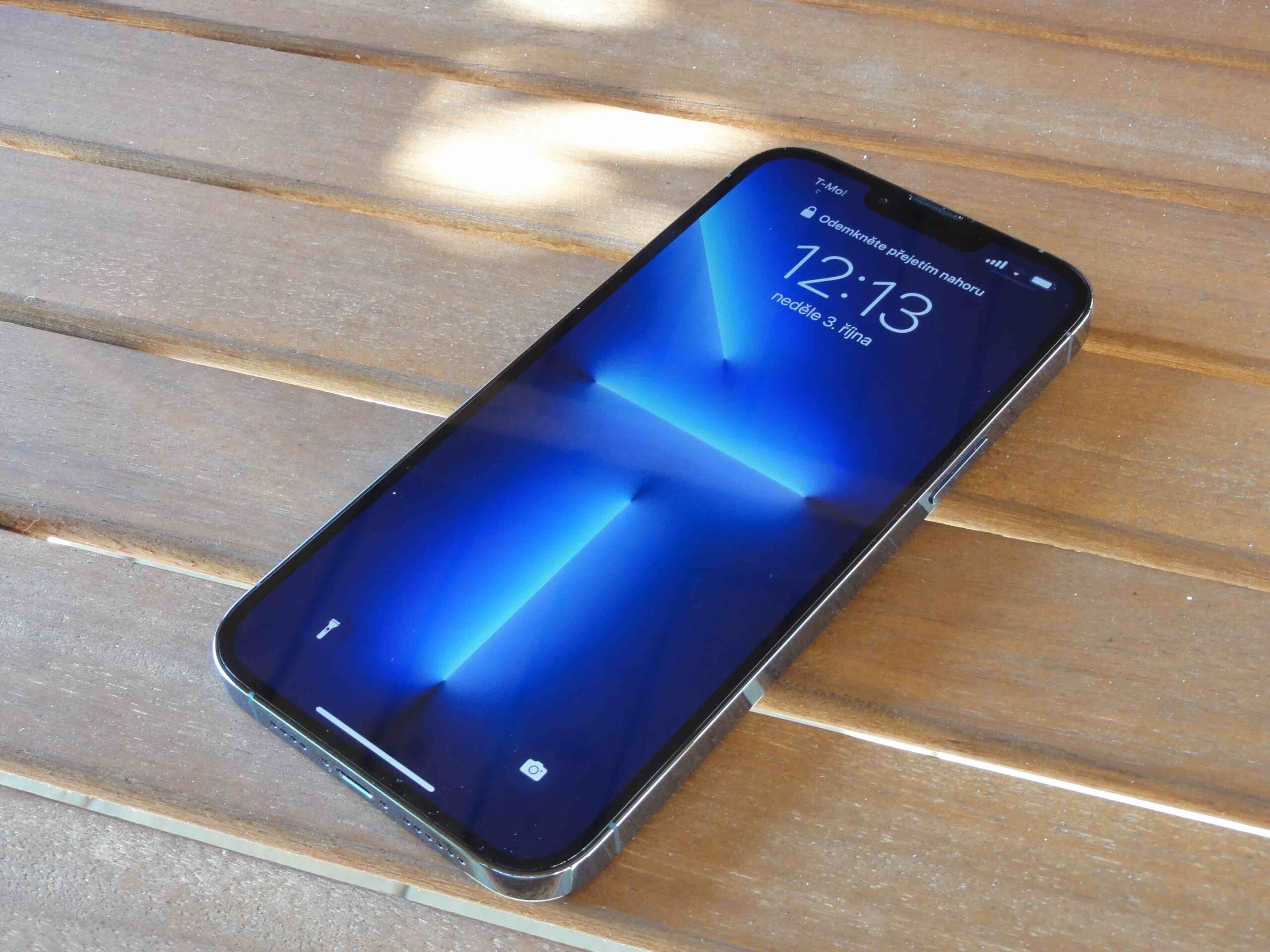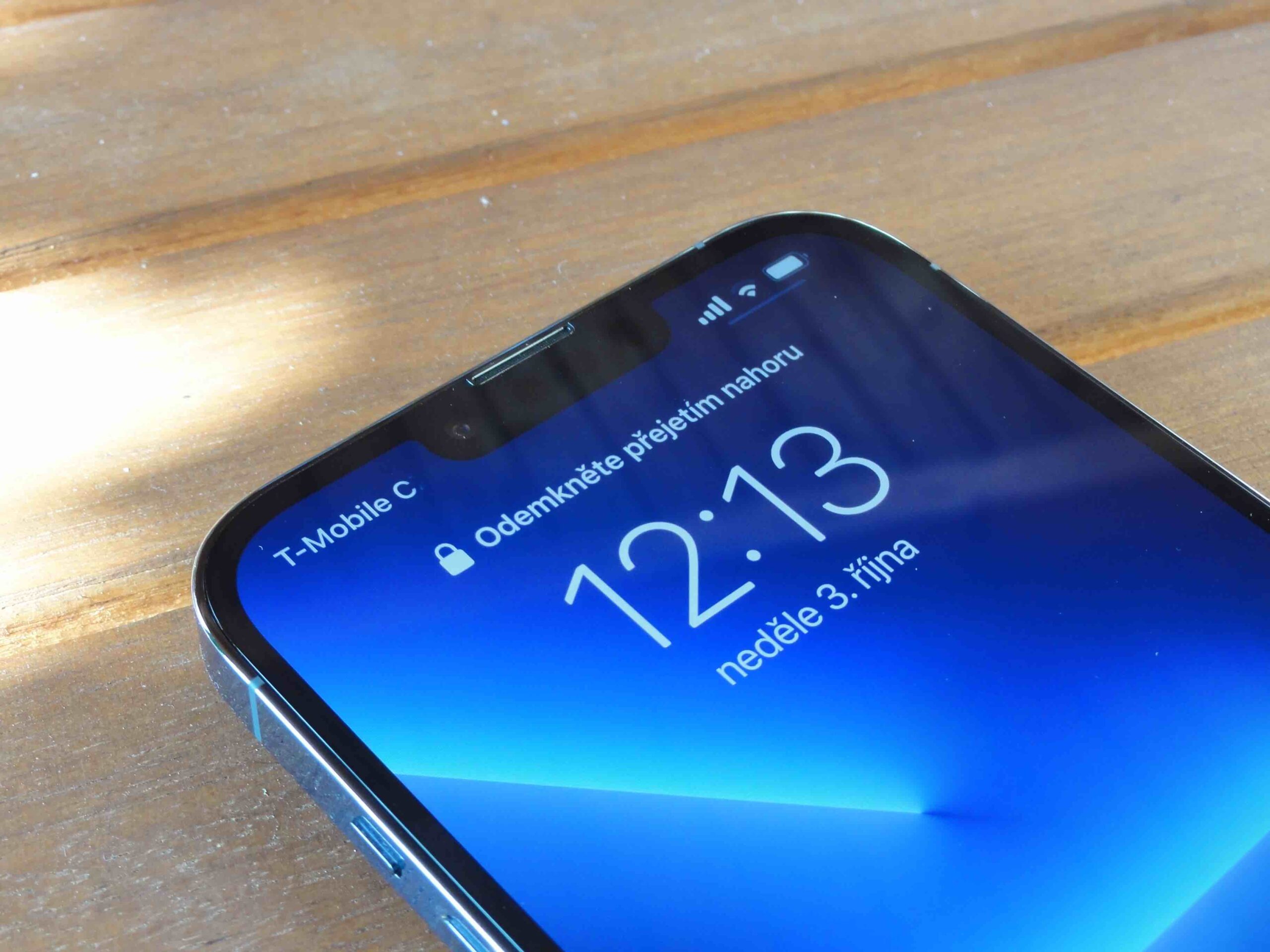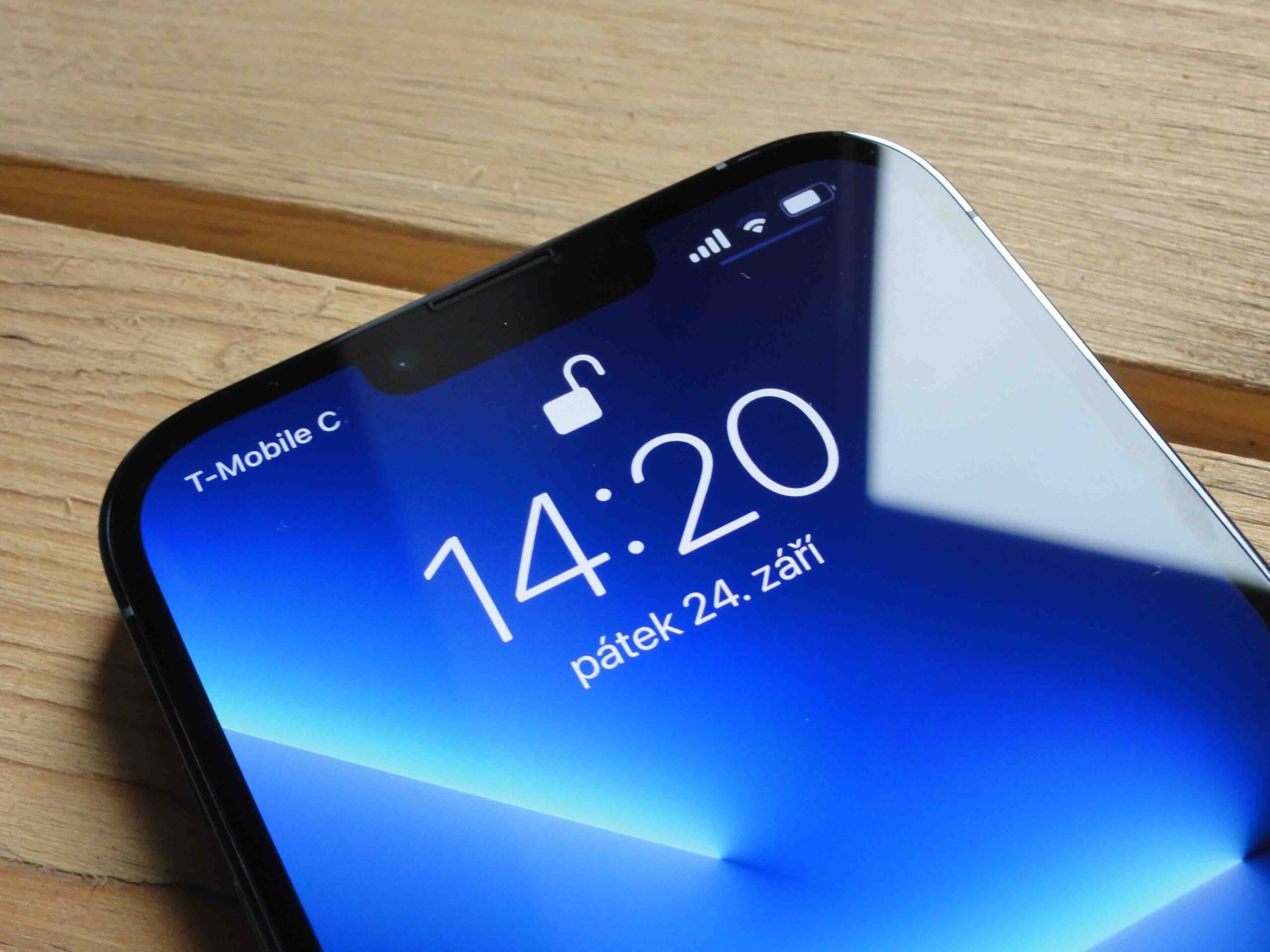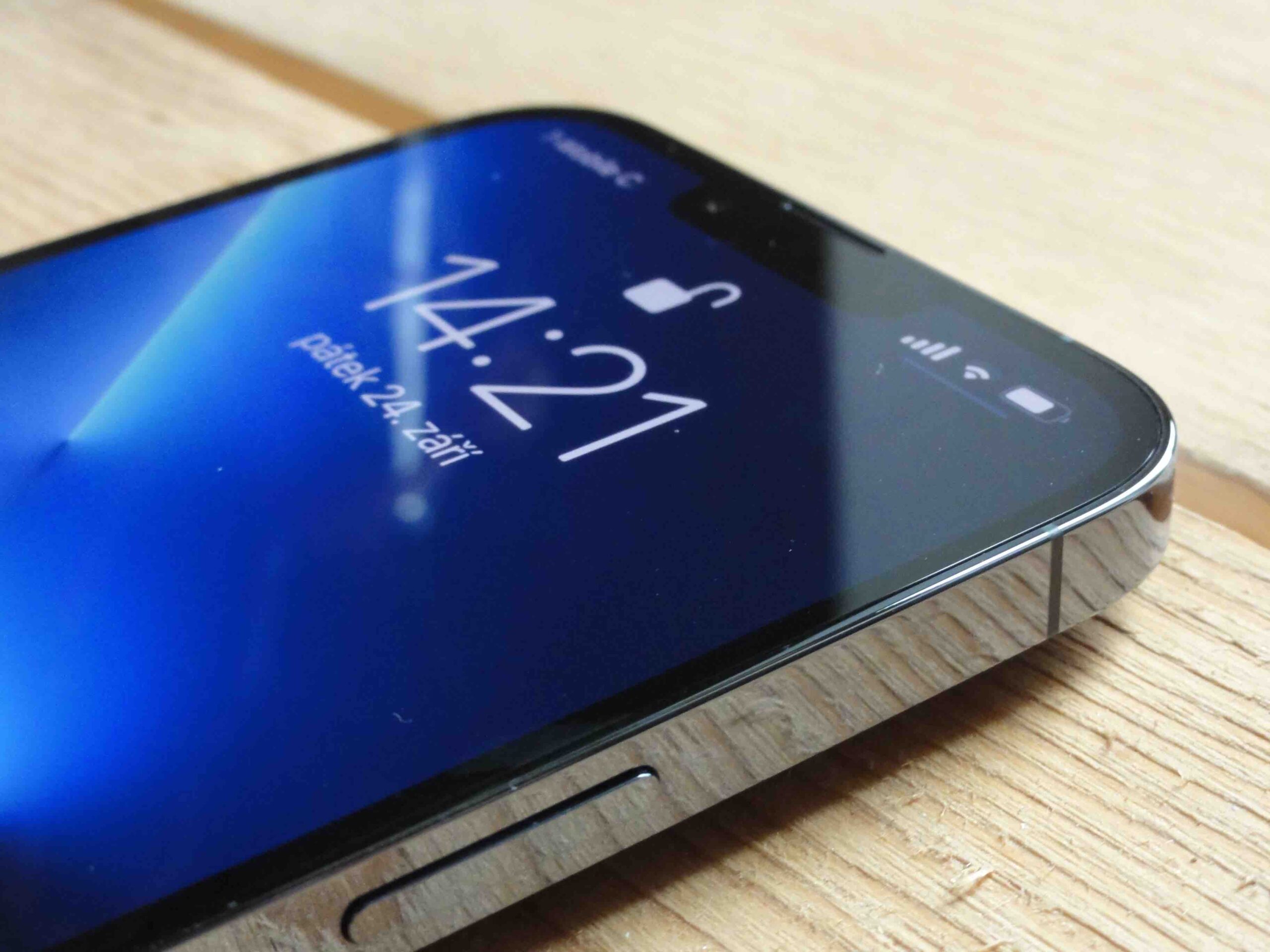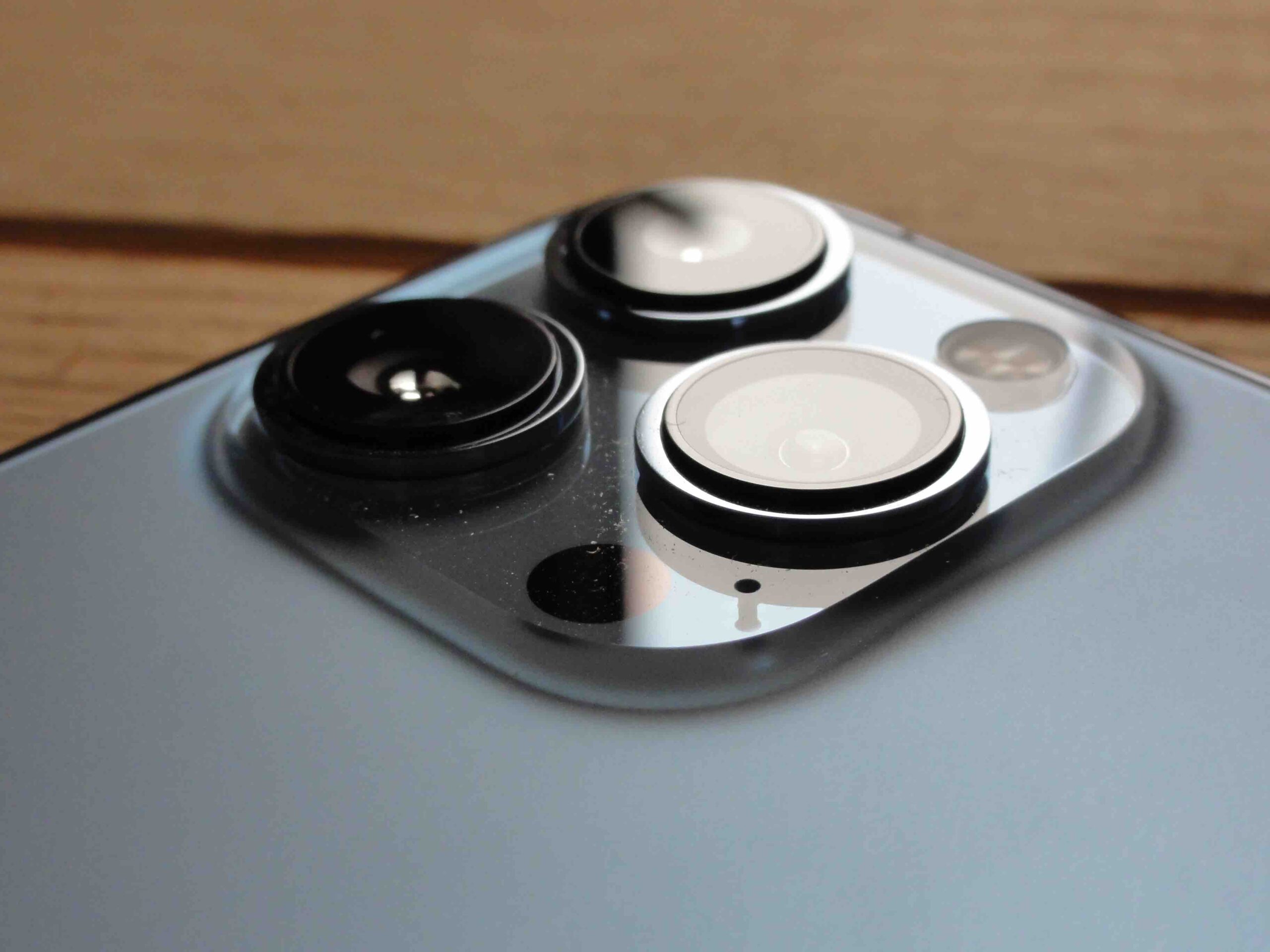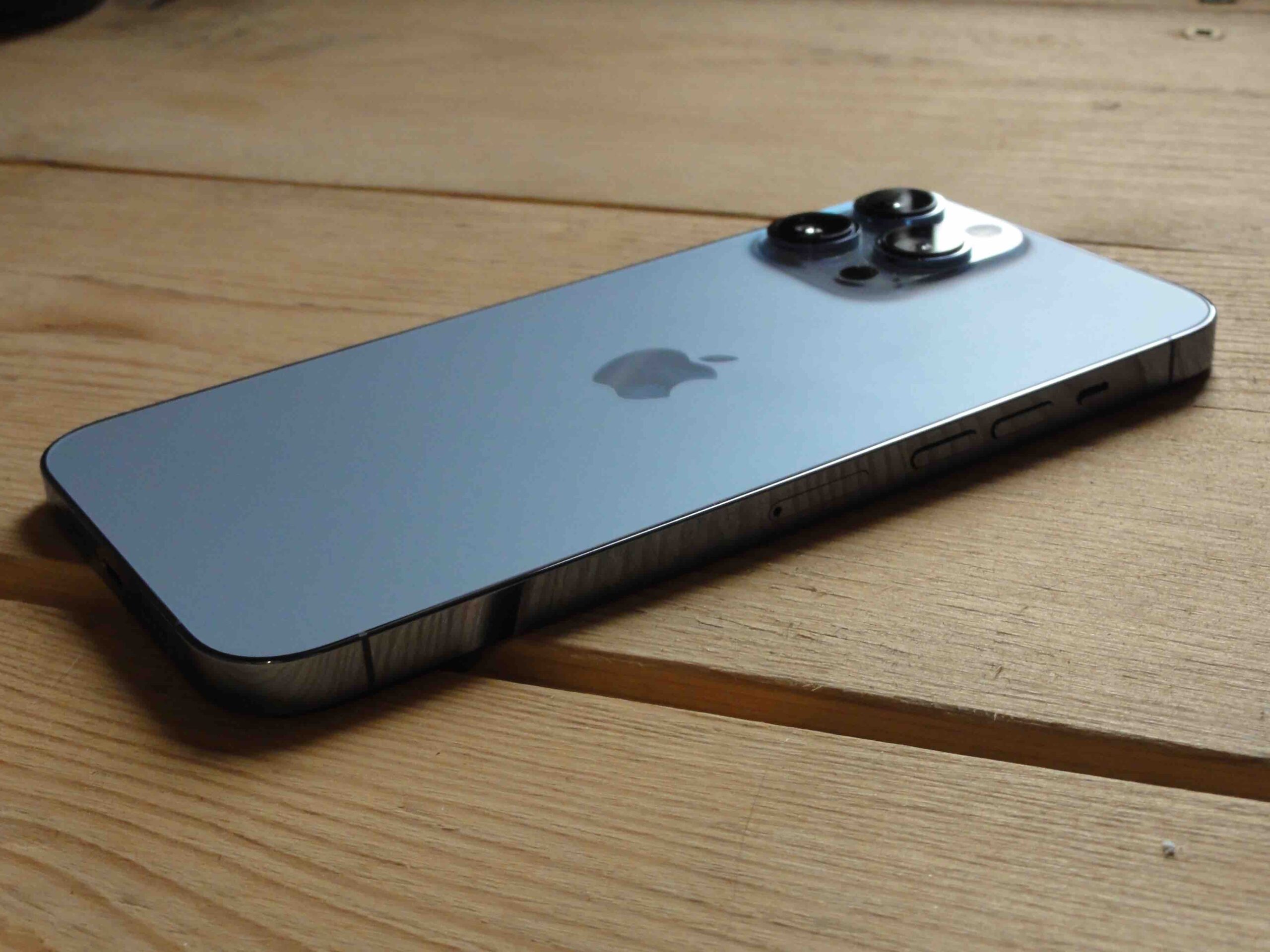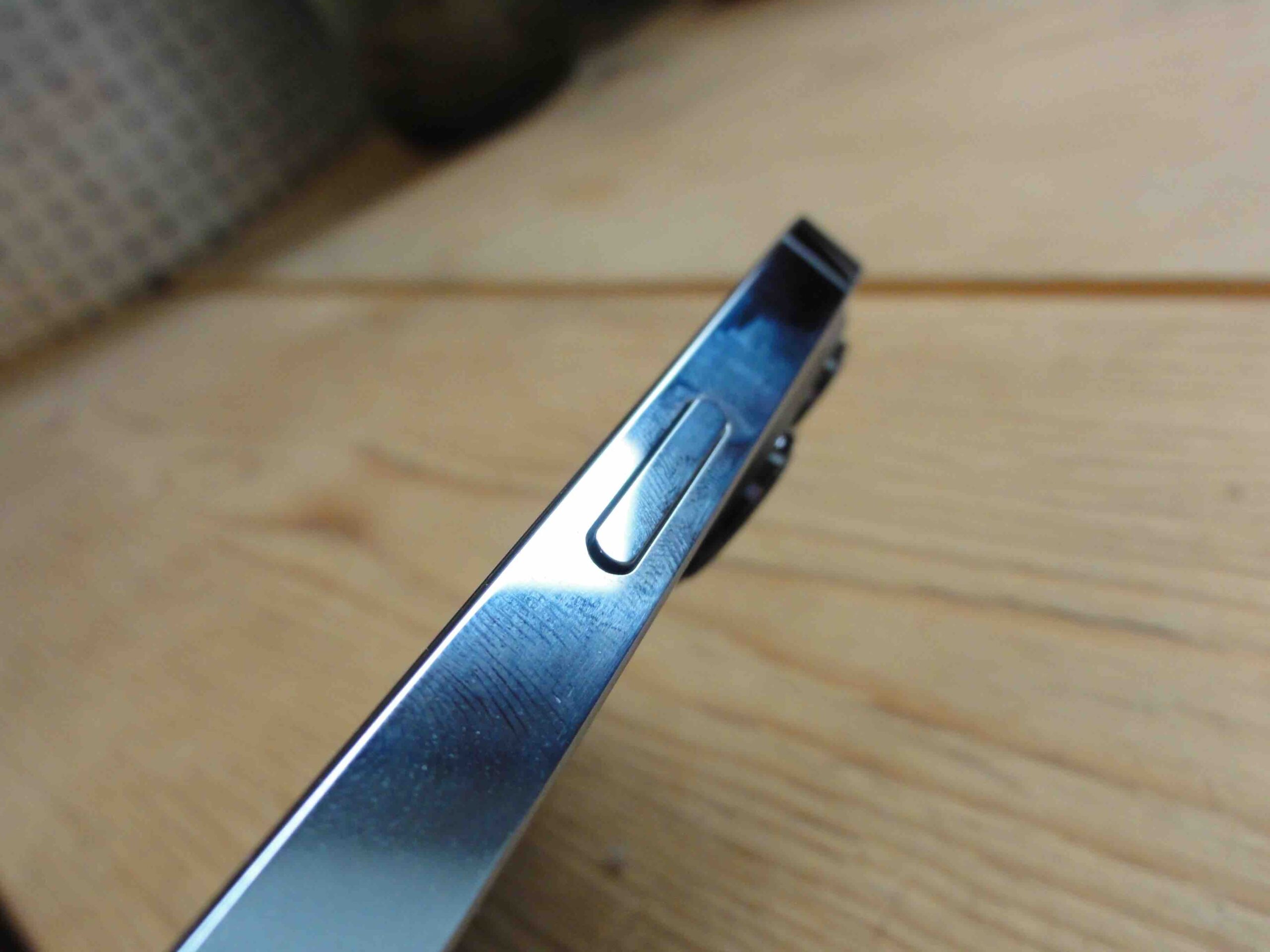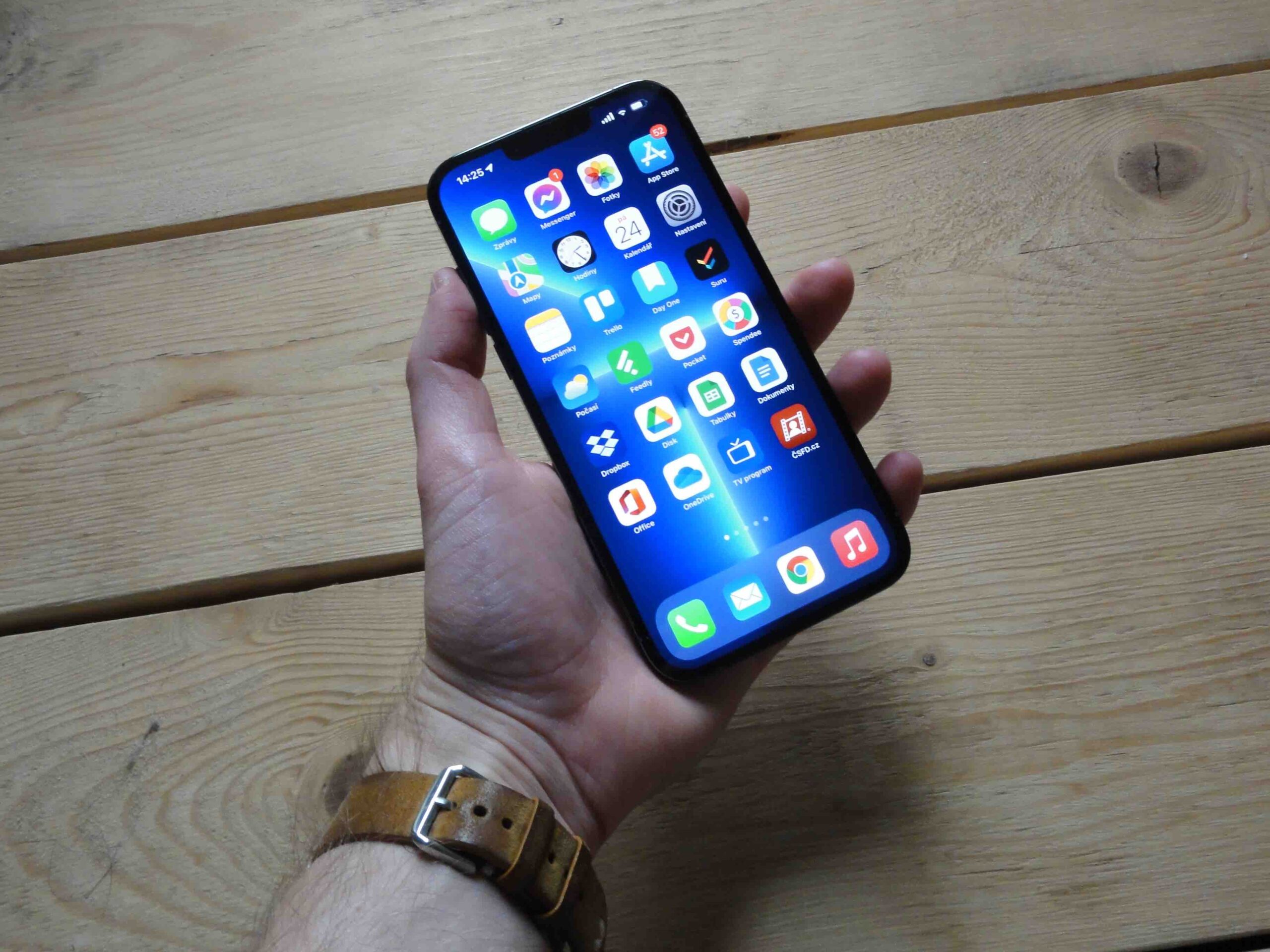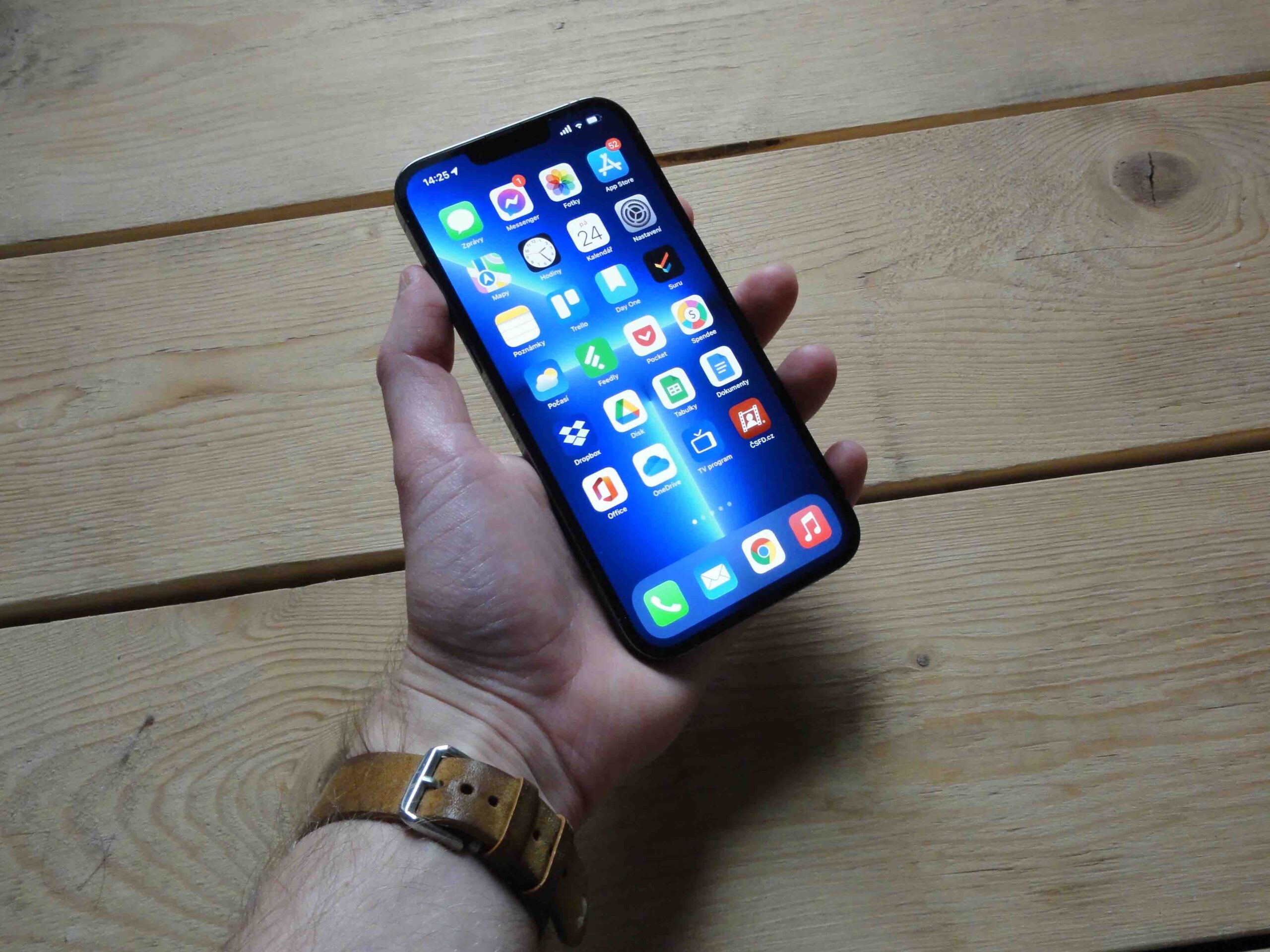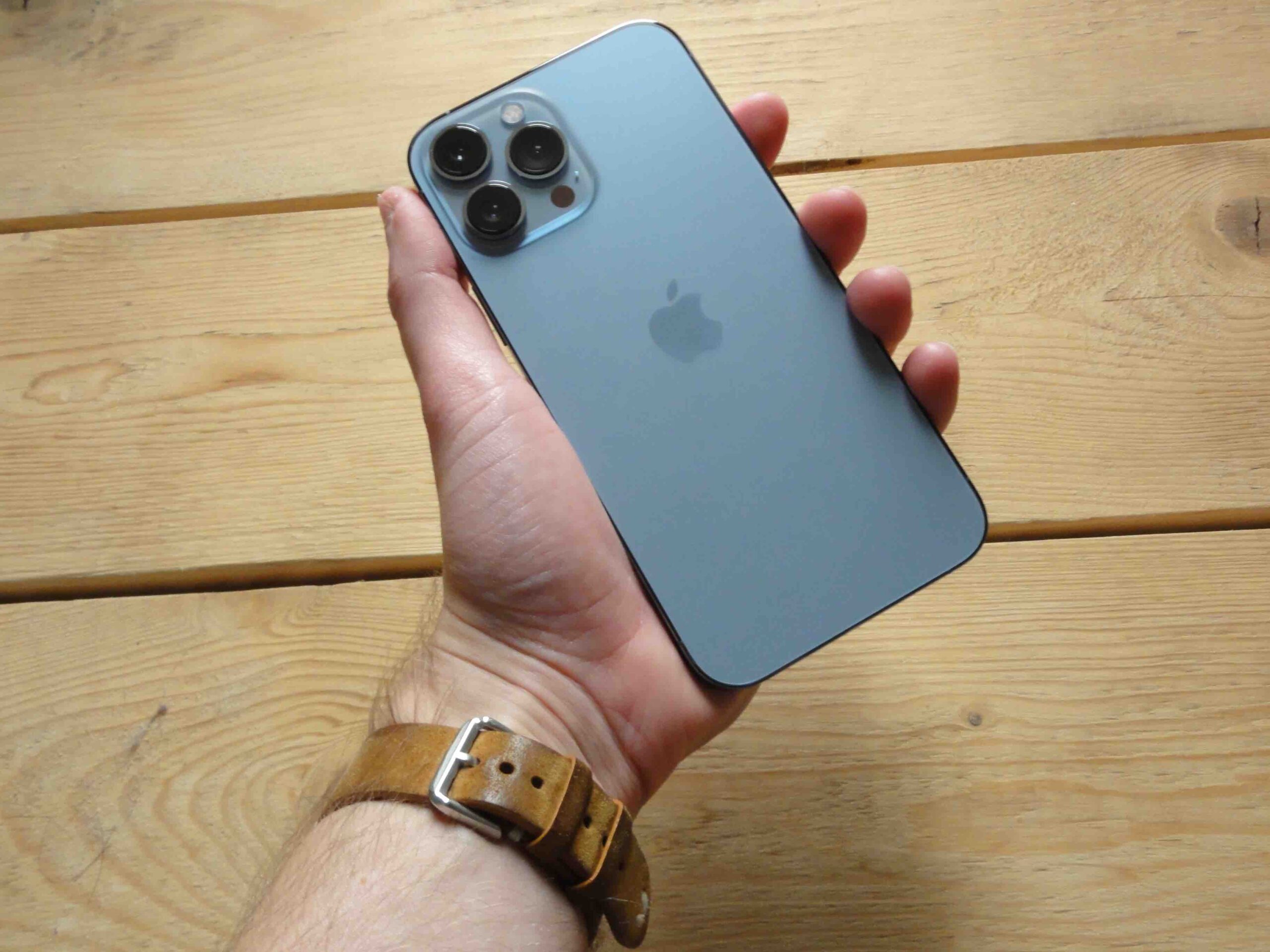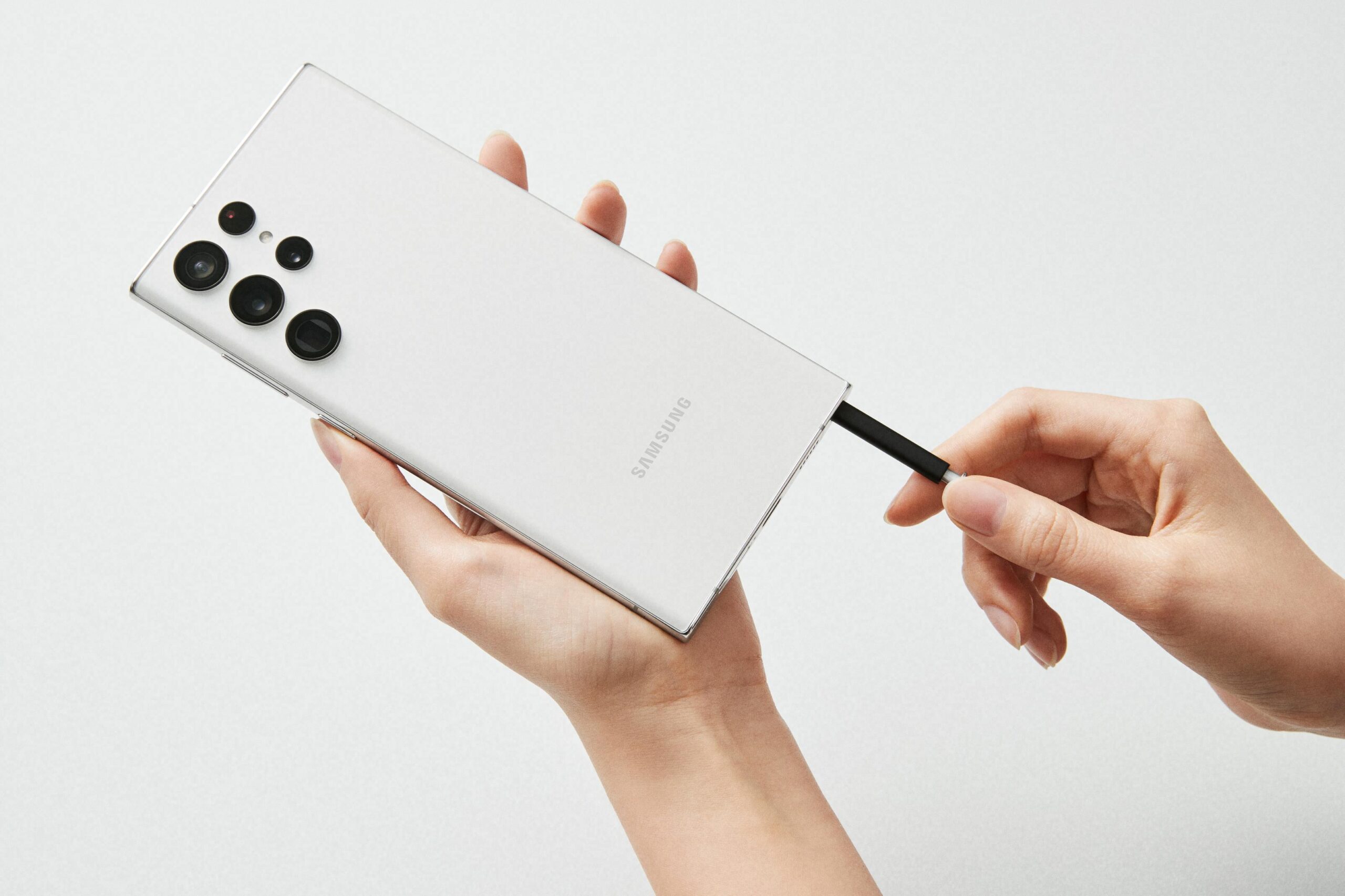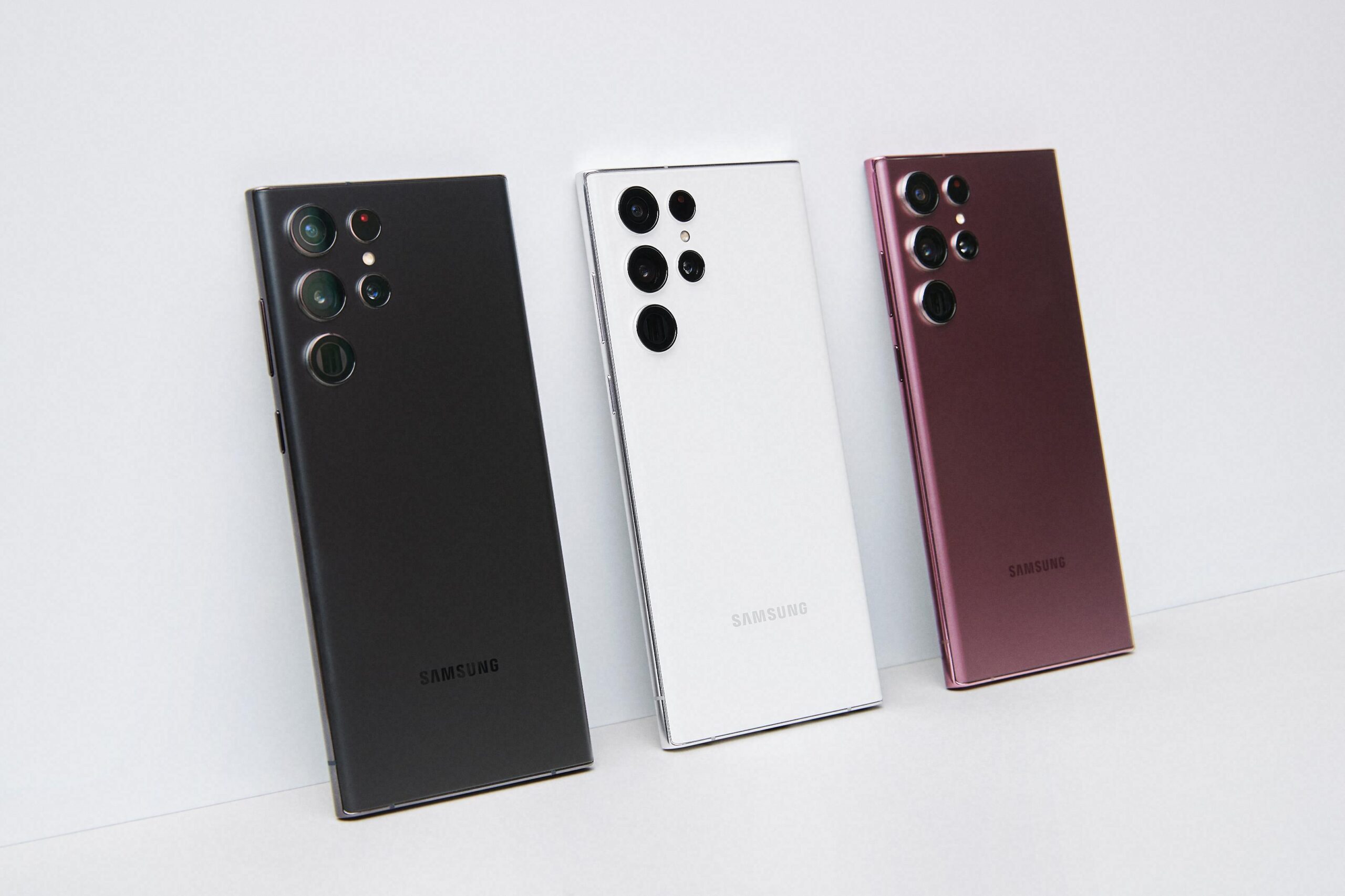If Apple and other tech companies get their way, it will become harder and harder to get your phones and other devices repaired by third-party service providers. Smartphones and many other electronic devices are increasingly designed in such a way that it is difficult to repair or replace their individual components.
This can be soldering the processor and flash memory to the motherboard, unnecessary gluing of components or using non-standard pentalobe screws that make replacement problematic. But this also includes limiting access to parts, diagnostic software and repair documentation.
Right to repair
E.g. Last year, Australia called on manufacturers of various technologies to ensure a fair and competitive repair market and make their products easy to repair. The right to repair refers to the ability of consumers to have their products repaired at a competitive price. This includes being able to choose a repairer rather than being forced to default to the services of the device manufacturer.
Resistance to such a move was to be expected from technology companies. Getting consumers to use their service centers increases their revenue and expands their market dominance. Therefore, the rather interesting step from Apple was the one it took in the fall, when it announced a new repair program, when it will provide not only components but also instructions for "home" repairs.
It could be interest you
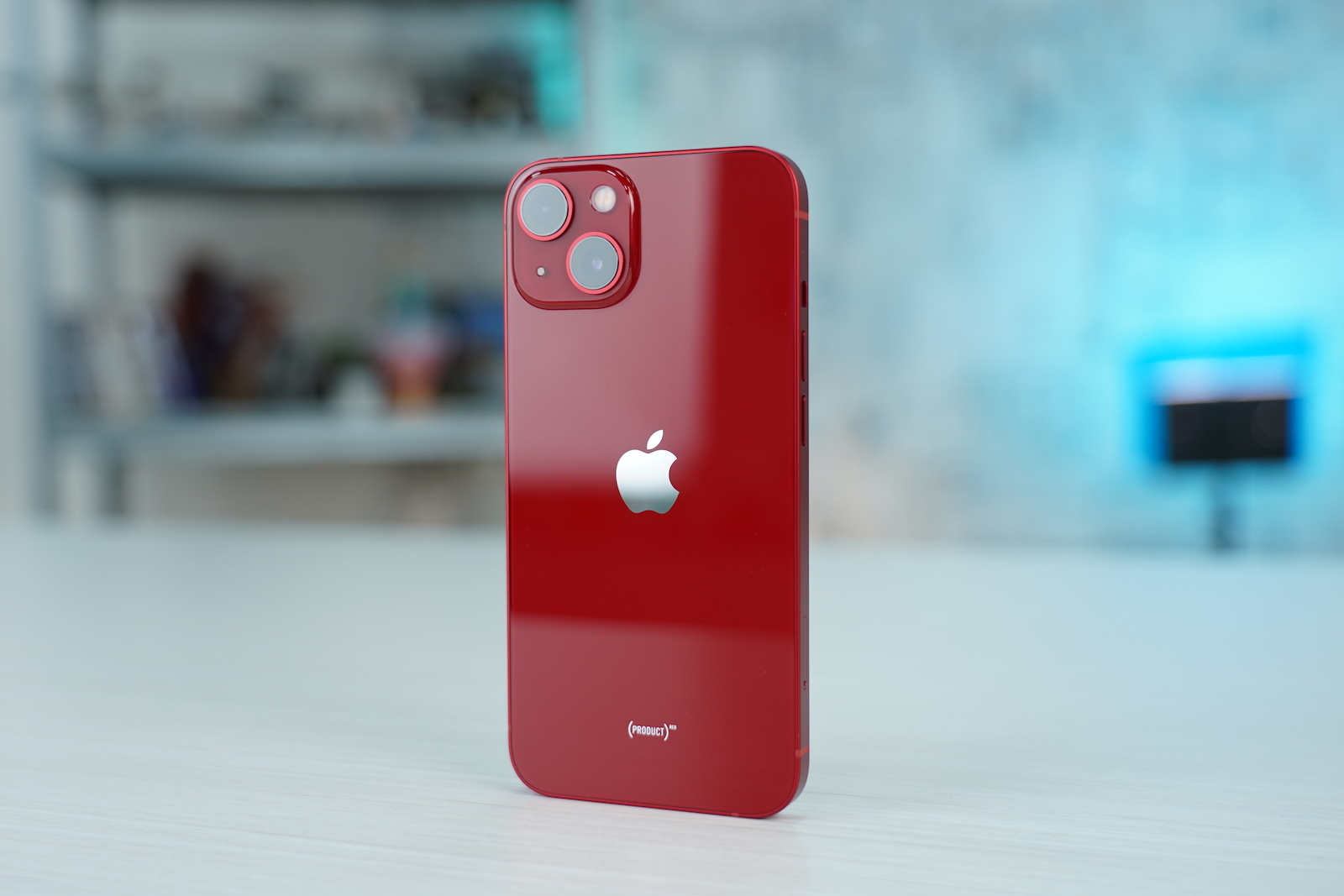
Effect on the environment
If the repair is too complicated, and therefore, of course, expensive, the customer will think carefully about whether it is worth investing his money in it, or whether he will not buy a new device in the end. But producing one smartphone uses as much energy as using it for ten years. The world is then saturated with electronic waste, because not everyone recycles their old equipment ideally.
That's also why it's quite nice to see Samsung's current effort. If you pre-order the Galaxy S22 series, you will receive a bonus of up to CZK 5 if you give the company some of your devices in return. And it doesn't matter how old it is or how functional it is. Then add the price of the purchased phone to this amount. Of course, you will not get anything for a non-functional device, but if you hand in a suitable device, you will also receive an appropriate purchase price for it. Even if Apple does not give such a bonus, in certain countries it also buys back old devices, but not here.
So we can observe a certain paradox here. Companies refer to ecology when they don't even include a charging adapter in the product packaging, on the other hand, they make their devices difficult to repair so that customers prefer to buy a new machine. However, if companies helped users with repairs by providing spare parts, repair documentation and diagnostic tools to third-party service providers, it would help them reduce their carbon footprint and reach their environmental goals, perhaps even a little sooner.
It could be interest you

Repairability index
But the fight to remove obstacles to repairs is also gaining strength outside of Australia, for example in Canada, Great Britain and the United States and, of course, the European Union. France, for example, introduced a repairability index, according to which companies producing electronic devices must inform consumers about the repairability of their products on a scale of one to ten. This takes into account the ease of repair, the availability and cost of spare parts, as well as the availability of technical documentation for the repair.
Of course, the repairability index is also presented by a popular magazine iFixit, who, after introducing new devices, takes his tools and tries to disassemble them literally down to the last screw. E.g. the iPhone 13 Pro didn't do so badly because it earned a grade 6 from 10, but it must be added that this is only after the removal of software blocks of camera functionality by Apple.
We can already see the first breakdowns of the new Galaxy S22. The magazine got involved Pbkreviews with the fact that the novelty earned a relatively friendly reception 7,5 from 10 points. So maybe the manufacturers are getting along and can make durable devices that might not be so hard to repair after all. Let's just hope this isn't the exception that proves the rule. Even here, however, it is necessary to take into account the heating of the components due to the use of glue, and getting to the glued battery is not very friendly. In order to remove it, it is also necessary to use isopropyl alcohol.
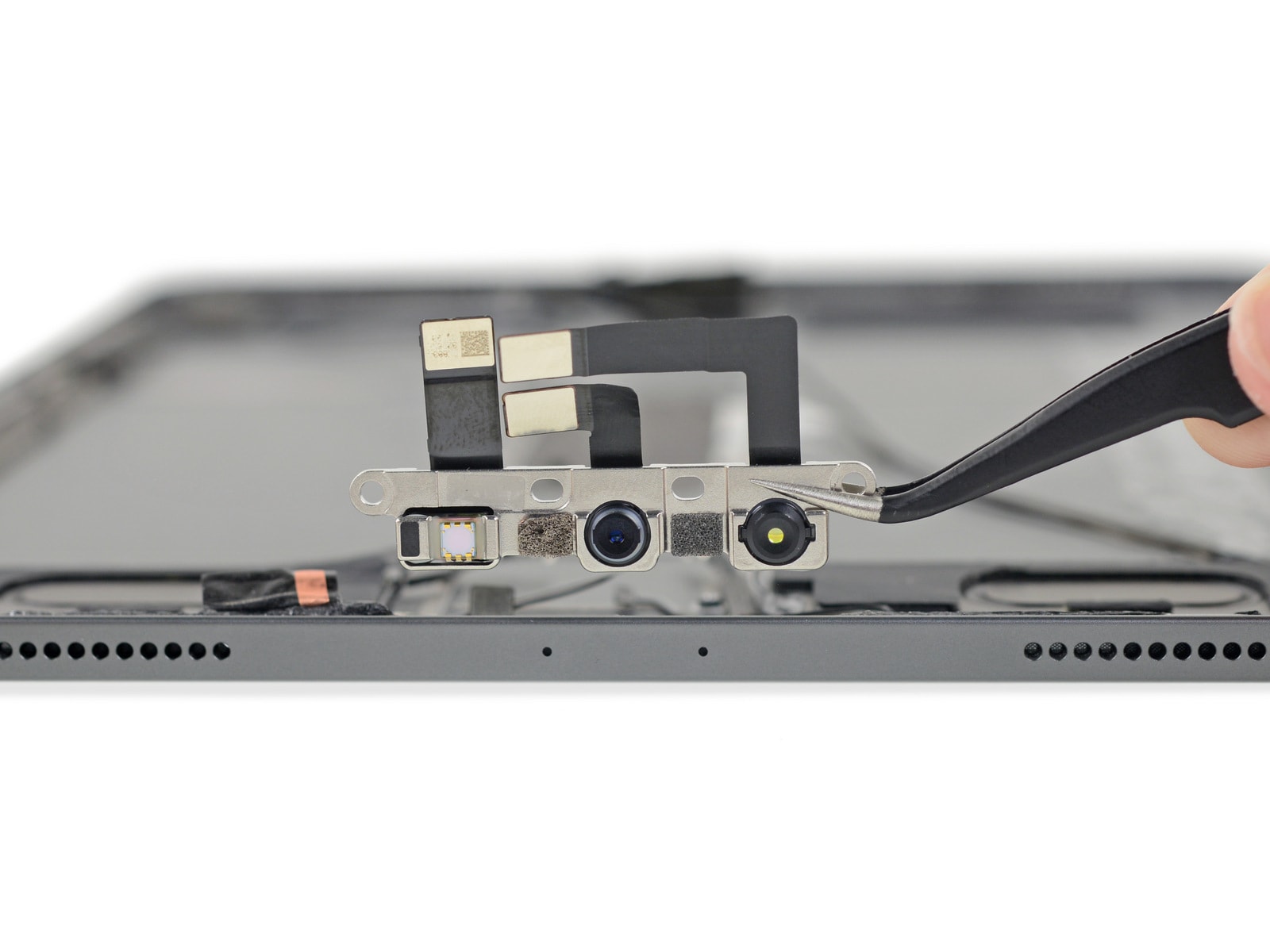
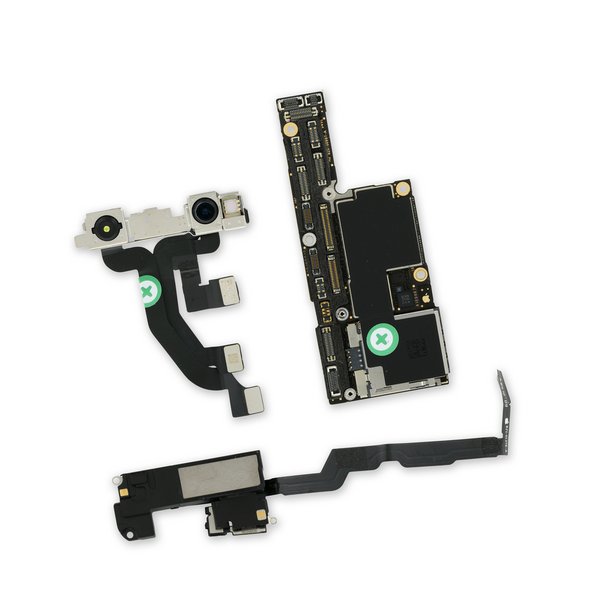
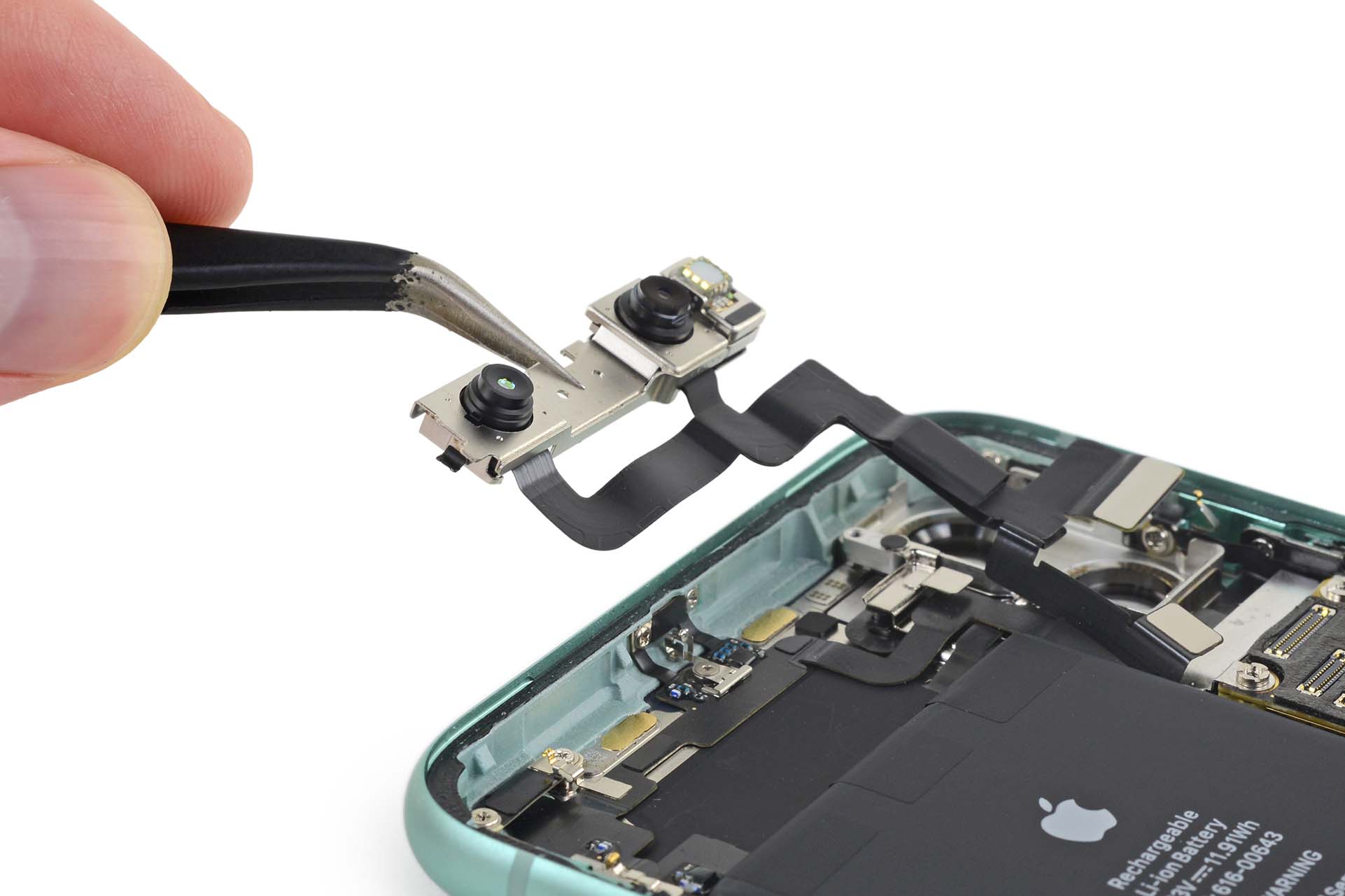
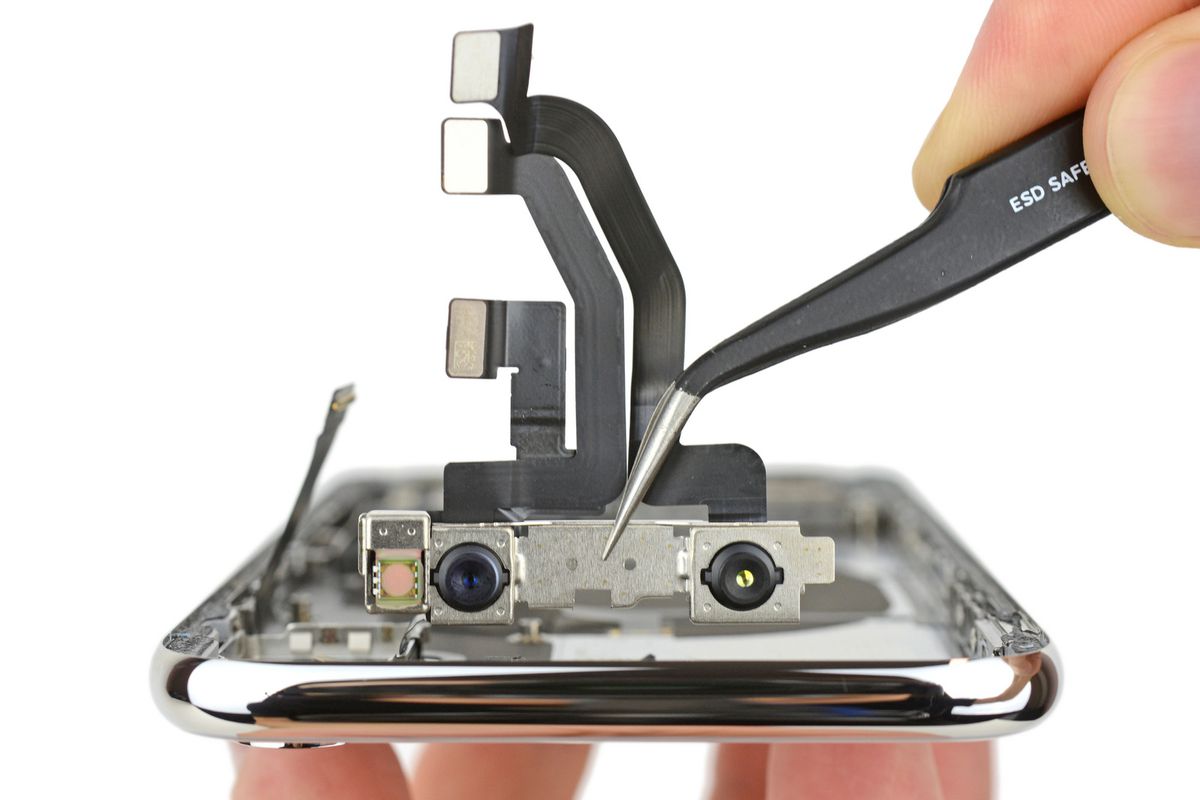
 Adam Kos
Adam Kos 